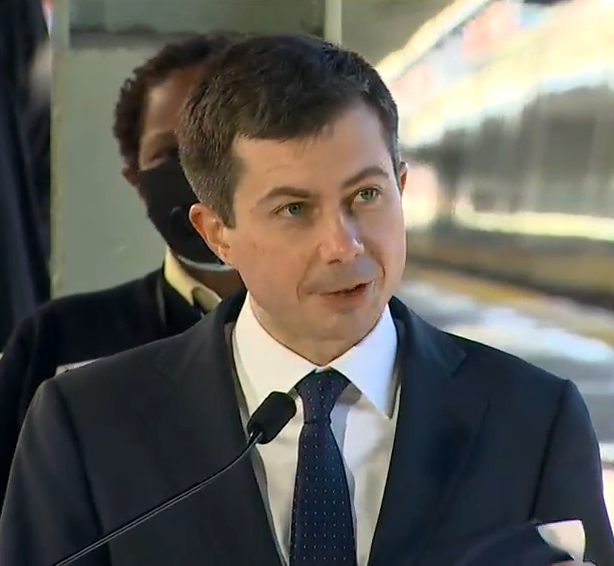Richard Geddes and Jeff Weiss explain the likely benefits of one type of regulatory reform.
Taxpayers today are being asked to invest billions of dollars to upgrade aging infrastructure and replace it with new, green technologies and energy sources. This investment would stimulate growth in our economy, provide fiscal stimulus, and create real growth in jobs, materials and manufacturing. Yet, a permitting logjam is stalling this growth: decades-old environmental and permitting rules needlessly add years and billions of dollars to the cost of those upgrades.
Current bipartisan discussions in Washington about reforming these outdated permitting laws have become linked to the debt ceiling debate because of the economic benefit of infrastructure investment. Important structural changes are needed to affect the debt and short-term spending reductions are unlikely to have any meaningful effect. However, if not stopped by a permitting nightmare, infrastructure investments, especially in today’s modern infrastructure, would foster faster growth and renewed productivity.
A quiet technological revolution which should transform our aging infrastructure into a cutting-edge one has already occurred. It includes renewable, distributed electricity generation, new bio-derived fuels, fleet electrification, storage, smart transmission upgrades, innovative methods of carbon capture, “smart” traffic signals, LED streetlights, and low-carbon concrete. But the implementation of these climate-friendly infrastructure innovations are being slowed by rigid, outdated permitting policies. Despite the Inflation Reduction Act of 2022 and its $370 billion-plus spending to support these reforms, changes are slow, and the problem is particularly acute for energy projects intended to quickly replace fossil fuel plants with cleaner, renewable sources connected to the energy grid.
Permitting inflexibility stems from federal and state policies that pit vested interests against community air quality, land use, and energy justice. A central problem is the growth of the National Environmental Policy Act (NEPA), passed with little reflection by Congress in 1970. NEPA requires a comprehensive review of a project’s impact on the environment, including the filing of a detailed Environmental Impact Statement. Although modest in the 1970s, a typical NEPA review now takes over four and one-half years and is over 600 pages long.


